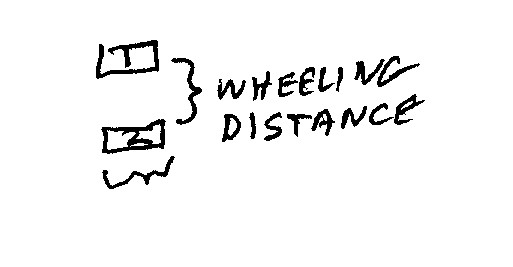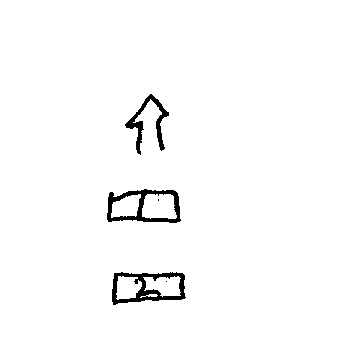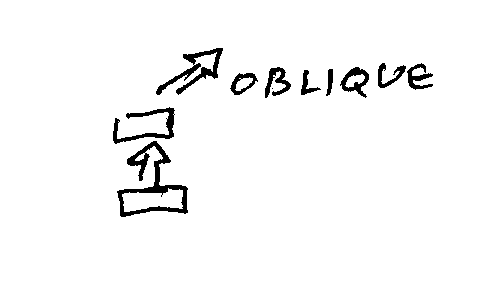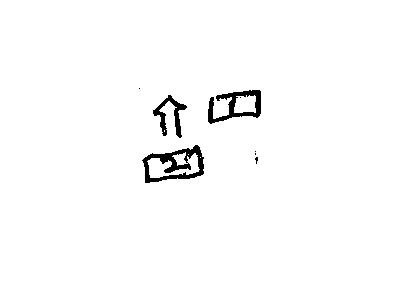
Maneuvering the company by Platoon
"Break Into Platoons"
Ian Straus
I request the NCOs and those pursuing officer / NCO training to read
1) Hardee's, volume I, School of the company, lesson IV, paragraphs 161-166; which is the procedure for a company marching by the flank to perform "by platoon into line"
2) and the procedure for wheeling into platoons and wheeling back from a column of platoons into a company battleline, Lesson V, paragraphs 171-185 and 235-264.
3) Also the procedure for breaking the company battle line into platoons, Lesson V, paragraphs 265-272; and re-forming the company, paragraphs 273-286.
Now below is my interpretation of Hardee's movements for performing the third procedure listed above: Breaking the company into a column of platoons, and then re-forming the company.
First, note the general instruction for guides [the 1st and 2nd sergeants] when the company is maneuvering by platoon: Lesson IV, para, 164-166:
164: "The right guide of the company will always serve as the guide of the right or left of the first platoon, and the left guide of the company will serve, in like manner, as the guide of the second platoon."
165: Thus in a column, by platoon, there will be but one guide to each platoon; he will always be placed on its left flank, if the right be in front, and on the right flank, if the left be in front."
166. In these movements, the file closers will follow the platoons to which they are attached.
In other words, when we are "right in front" (which is the way we usually march, with the first company in front of the battalion and the first platoon in front of the company),
the first and second sergeants move to the left of each platoon and there will be no platoon right guide.
[You might think that if we had 3rd and 4th sergeants they would move up to be right guides, but that's not Hardee's. 3rd and 4th sergeants would march behind the platoons, as file closers.]
First maneuver: Breaking the battle line into platoons marching forward:
Why would we do this? Let's begin with the company marching forward in a battle line, perhaps in a column of companies. Let us say we come to a space too narrow for a company front, but we are confronting the enemy and it would put us at a disadvantage to pass through in a column of fours.
The company commander will command "Break into platoons", and immediately place himself in front of the first platoon.
The chief of the second platoon (the 1st lieutenant if the company has a captain, but with us, the 2nd lieutenant or, in his absence, the 2nd sergeant) will pass to the front of the second platoon and command "mark time".

The company commander will command "March". The first platoon will continue to march forward, while the second platoon marks time. This will get the platoons separated with the first platoon leading. The first sergeant will pass around to the left flank of the first platoon, so as to guide it from the left.

Note that the first corporal, marching next to the 1st sergeant, must know what's going on, or be cautioned by the first sergeant, so that the corporal marches forward and does not continue to guide on the sergeant.
Then, to get the second platoon behind the first, its chief watches to be sure the rear rank of the first platoon has passed and instantly commands "right oblique, march".

As the 2nd platoon obliques, the 2nd platoon's guide (2nd sergeant or, if 2nd sergeant is chief of platoon, the 2nd corporal who marches on the left of the platoon) shortens the step so as to get wheeling distance between the platoons (that wheeling distance is the length of the platoon line.)

[Note that just as when we are in companies marching in a battalion column, wheeling distance between the platoons is important: Because we have to have that space to make later maneuvers come out right.]
When the guide of the second platoon is nearly lined up with the first platoon, the chief of the 2nd platoon commands "forward, march" and the platoon ceases to oblique and marches forward.
At this point the maneuver is accomplished, second platoon is in battle line marching in column behind the first platoon.
Second maneuver: To re-form the company:
Let us say we have marched past the obstacle or defile.

The commander will command "Form Company".
The commander will immediately command "First platoon, right oblique".
The chief of the second platoon will caution it to continue marching straight forward.
The company commander will command "March", and the first platoon will oblique to the right. The First Sergeant will return to the right of the company, passing in front of the front rank.

When the first platoon has "unmasked" the second, the company commander commands "Mark time, march" and the platoon ceases to oblique and marks time until the second platoon marches up on the left.

When the second platoon is nearly up to the first, the company commander commands "forward", and then commands "March". The first platoon ceases to mark time and the company has been re-united, marching forward.
So, to review: When the company is marching in line and the command is "Break into platoons",
- this command will cause the company to march in column of platoons.
- both of the guides move to the left of the platoons
- the 2nd platoon obliques right when the company breaks into platoons
- to reverse the process, the order is "Form company"
- the 1st platoon obliques right when the company re-forms.